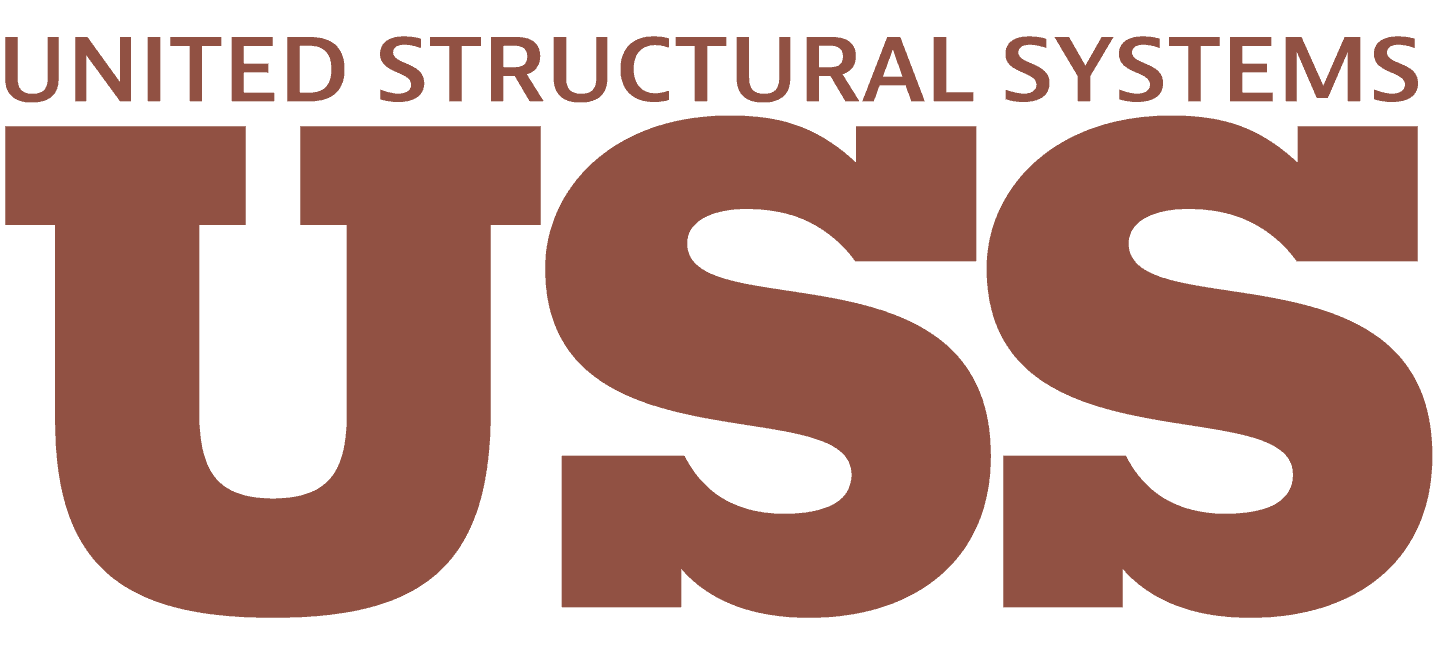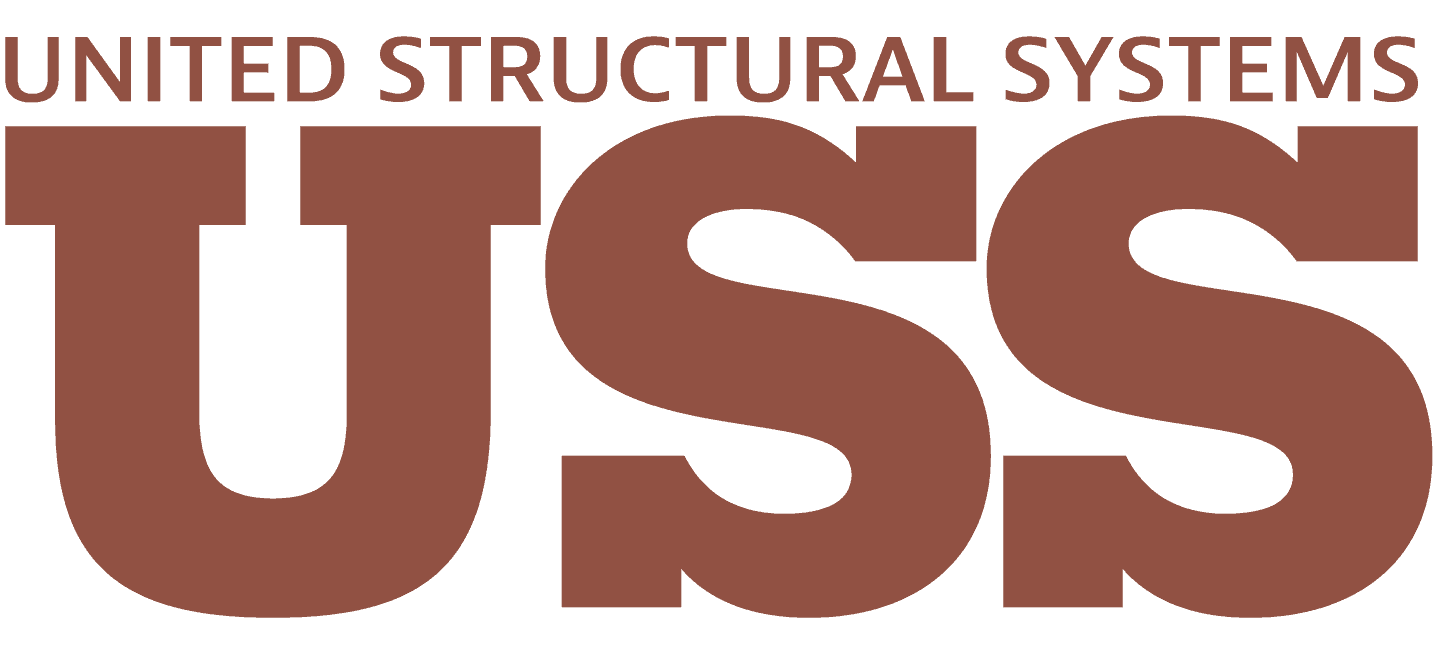A stable and structurally sound floor is of paramount importance for any building, ensuring the safety and well-being of its occupants. However, over time, floors can experience wear and tear due to various factors, such as age, improper construction, environmental influences, and structural changes. As a property owner or manager, it is essential to be vigilant and recognize the warning signs of floor instability to take timely action and prevent potential disasters. In this blog, we will delve deeper into the key indicators of floor instability and emphasize the critical importance of addressing these issues promptly to ensure the structural integrity of the building.
Visible Cracks and Gaps: Signs of Deterioration
One of the most apparent signs of floor instability is the presence of cracks and gaps on the surface. These visual cues can manifest in various patterns, such as hairline cracks, large fissures, or gaps between floor tiles or floorboards. Cracks may appear due to settling of the building’s foundation, seismic activity, or excessive load-bearing pressure on certain sections of the floor. It is crucial to note that not all cracks are created equal; some might be harmless, while others could indicate a significant problem. Regularly inspecting and monitoring the condition of these cracks can help determine whether they require immediate attention or if they are part of the normal aging process of the building.
Uneven Flooring: Identifying Structural Shifts
Walking on a level floor should feel stable and secure. If you notice that the floor is sloping or uneven in certain areas, it could indicate a potential problem with the building’s foundation or structural shifts. Uneven flooring may occur due to subsidence, settling, or inadequate support, and it can lead to tripping hazards and further instability in the building’s framework. Identifying the source of the unevenness is essential to developing an effective plan for stabilization and remediation.
Bouncy or Spongy Feel: Assessing Floor Support
When walking across the floor, if you notice a bouncy or spongy sensation, it may signal that the floor’s supporting structures are weakened or damaged. This condition is often observed in older buildings with wooden flooring or structures that have suffered water damage, rot, or termite infestation. The lack of support compromises the floor’s stability and requires immediate attention to prevent any further deterioration. A professional inspection can help identify the extent of damage and determine the appropriate course of action to restore the floor’s stability.
Sagging or Dipping Floors: Addressing Structural Problems
Sagging or dipping floors are clear signs of structural problems within the building. When the floor starts to dip in the middle or along the edges, it indicates that the supporting beams or joists are unable to bear the load effectively. Such issues can lead to serious safety hazards, especially in multi-story buildings, and must not be ignored. Addressing structural problems promptly is vital to prevent potential collapses or extensive damage to the building.
Excessive Floor Movement: Recognizing Unstable Foundations
While a certain amount of floor movement is normal and expected in response to external forces, excessive or noticeable swaying can be alarming. This movement can be caused by weakened foundations, deteriorated materials, or improper construction. If you observe significant floor movement, it’s crucial to investigate the cause promptly. Ignoring excessive floor movement can lead to further degradation of the building’s structural integrity and may require costly and extensive repairs.
Doors and Windows Misalignment: Indicators of Structural Shifts
Unstable floors can exert pressure on the walls, causing them to shift and leading to misalignment of doors and windows. If you notice that doors or windows are suddenly difficult to open or close, or if there are visible gaps around the frames, it may be an indication of floor instability. This type of misalignment may be more noticeable after renovations or changes to the building’s structure. It’s essential to address these issues promptly to prevent further damage to the floor and surrounding structures.
Water Damage and Mold Growth: Impact on Floor Stability
Water damage is a common enemy of floor stability. Leaks or flooding can weaken the floor’s structure, lead to rot, mold growth, and compromised materials. Timely detection and repair of water-related issues can prevent further deterioration of the floor and the building’s overall structure. Ignoring water damage can lead to severe structural problems and impact the health and safety of the building’s occupants.
Unexplained Noises: Listening for Warning Signs
Strange creaking, popping, or cracking sounds coming from the floor can be unsettling. These noises may occur due to the shifting of floorboards, loose subflooring, or structural issues. Ignoring these sounds could lead to more significant problems down the line. Regularly listening for and investigating any unexplained noises can help catch potential issues early and prevent potential hazards.
When to Take Action
Upon noticing any of these signs of floor instability, it is crucial to take action promptly to address the issues and prevent further damage. Ignoring the warning signs can lead to more extensive and costly repairs, compromise the safety of the occupants, and even result in structural failure.
If you observe any of the mentioned indicators, consider the following steps:
- Conduct Repairs and Reinforcements: Based on the expert’s assessment, undertake necessary repairs, such as filling cracks, replacing damaged materials, or reinforcing the floor’s supporting structures.
- Regular Maintenance: Implement a regular maintenance plan to prevent future floor instability. This may include inspections, moisture control measures, and routine repairs as needed.
- Call a Professional
When it comes to floor stabilization, recognizing when to call in a professional is crucial to ensure the safety and structural integrity of your building. Handling floor instability issues requires expertise, experience, and the right equipment to address the root cause effectively.
- Identifying Complex Structural Issues:
Floor stability problems can be caused by various underlying factors, such as foundation settling, water damage, structural shifts, or aging materials. A professional floor stabilization service like United Structural Systems Chattanooga formerly Basement and Crawlspace Solutions has the knowledge and experience to identify these complex issues accurately. The team of experts can conduct detailed assessments, perform thorough inspections, and pinpoint the root cause of floor instability, ensuring that the right solutions are applied.
- Tailored Solutions for Your Specific Needs:
Every building is unique, and the causes of floor instability can vary significantly from one property to another. United Structural Systems Chattanooga formerly Basement and Crawlspace Solutions understands the importance of providing tailored solutions for each client’s specific needs. Their team will design a personalized floor stabilization plan, taking into consideration the building’s structure, the severity of the issue, and the desired outcomes. This approach ensures that the floor stabilization process is efficient, cost-effective, and yields long-lasting results.
- Utilizing Advanced Techniques and Equipment:
Floor stabilization is a specialized field that requires advanced techniques and equipment to execute the necessary repairs and reinforcements effectively. United Structural Systems Chattanooga formerly Basement and Crawlspace Solutions stays up-to-date with the latest advancements in the industry and uses state-of-the-art equipment to carry out their services. From innovative underpinning methods to high-quality materials, the team employs the best practices to ensure the stability and safety of your floors.
- Experience in Handling Floor Stabilization Projects:
Experience matters when it comes to floor stabilization. United Structural Systems Chattanooga formerly Basement and Crawlspace Solutions boasts a track record of successful floor stabilization projects, spanning various types of buildings and floor structures. With years of experience in the field, the team has encountered a wide range of floor stability challenges and knows how to implement solutions that stand the test of time.
- Compliance with Safety Standards:
Floor stabilization is a critical aspect of maintaining a safe and habitable building. United Structural Systems Chattanooga formerly Basement and Crawlspace Solutions is dedicated to adhering to all safety standards and building codes in their floor stabilization services. Choosing a professional service that prioritizes safety ensures not only the stability of your floors but also the well-being of the building’s occupants.
- Long-Term Investment and Peace of Mind:
Floor stabilization is a long-term investment in the integrity and value of your property. By partnering with United Structural Systems Chattanooga formerly Basement and Crawlspace Solutions, you can have the peace of mind that the job will be done right the first time, avoiding costly rework or future stability issues. Their commitment to quality workmanship ensures that your floors remain stable and secure for years to come.
Conclusion:
When it comes to floor stabilization, calling a professional service is essential to address the underlying issues effectively and prevent further damage. United Structural Systems Chattanooga formerly Basement and Crawlspace Solutions stands out as the perfect choice for floor stabilization services due to expertise, tailored solutions, advanced techniques, experience, commitment to safety, and long-lasting results. Entrusting your floor stabilization needs to United Structural Systems Chattanooga formerly Basement and Crawlspace Solutions ensures that your property’s structural integrity is safeguarded, providing you with the peace of mind you deserve. Click here to get a Free Estimate.
The post Signs of Floor Instability: When to Take Action appeared first on Basement and Crawl Space Solutions - Chattanooga, Tennessee.


